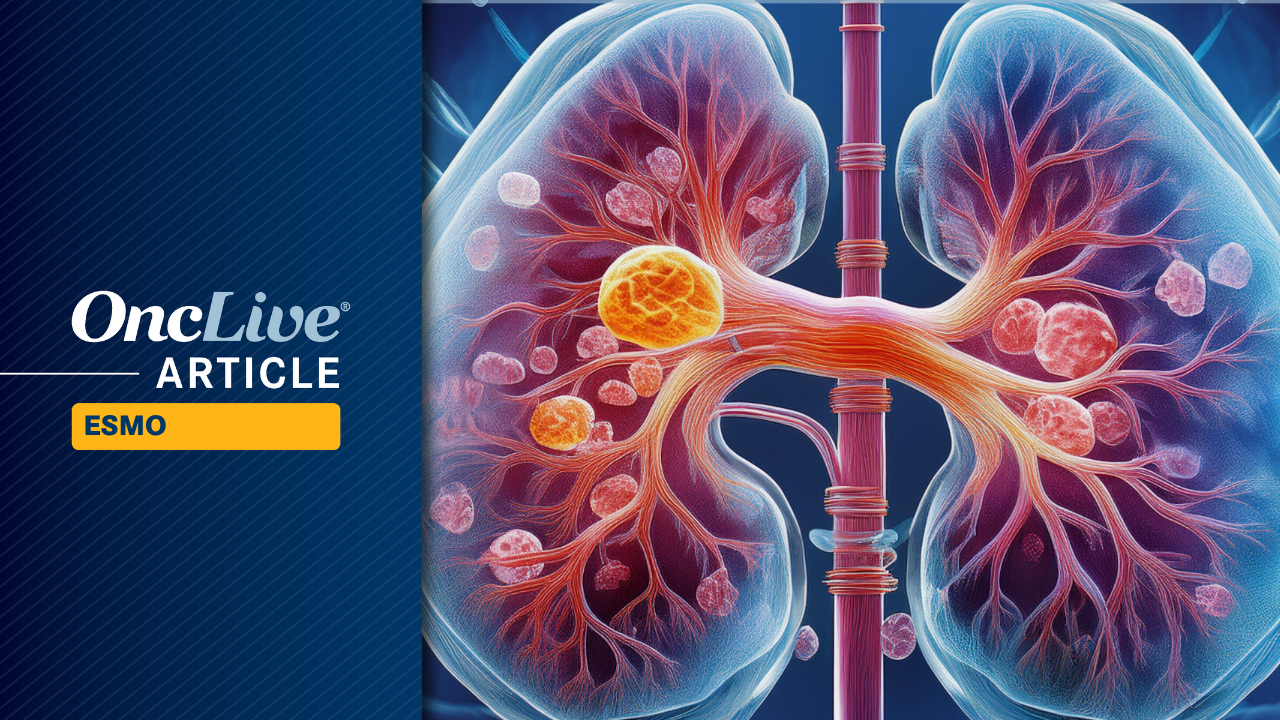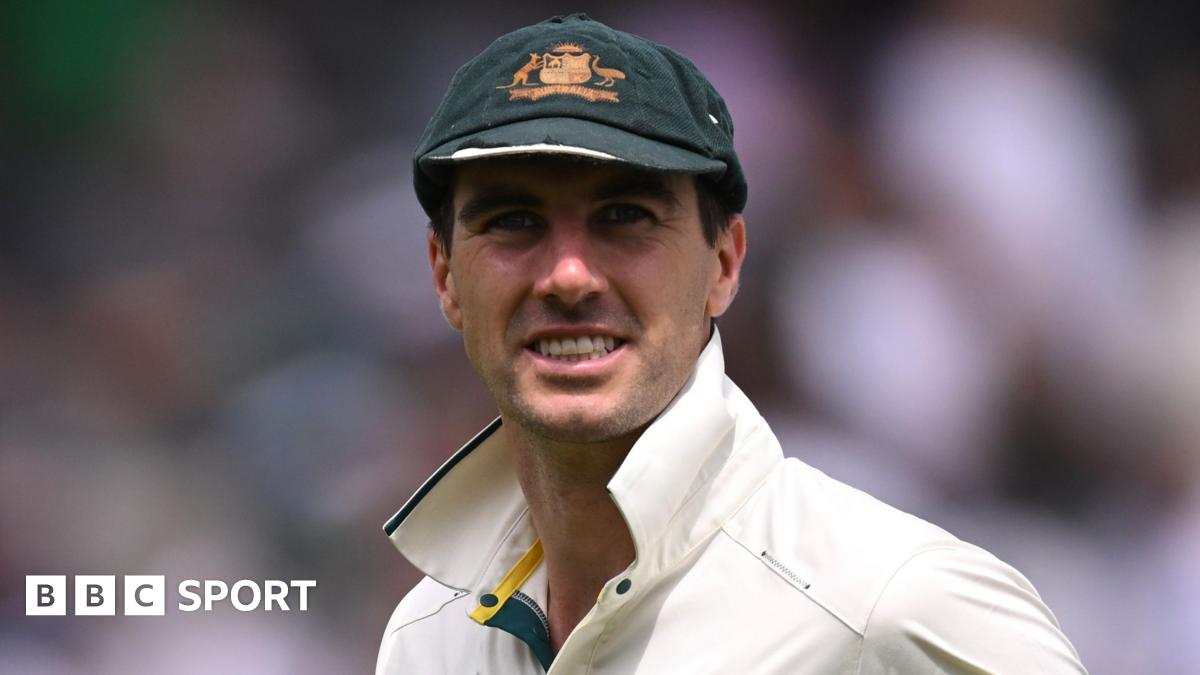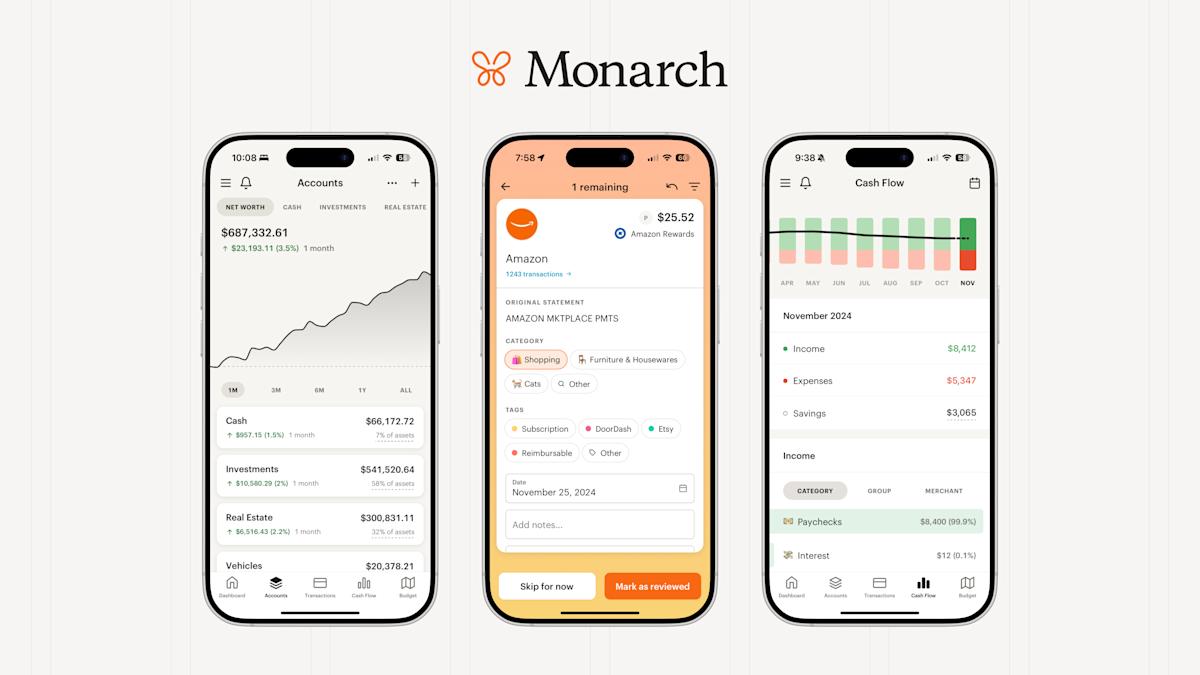An animation of an asteroid’s close approach to Earth has garnered considerable interest in recent times, largely due to its apparent proximity to our planet.
The rest of this article is behind a paywall. Please sign in or subscribe to access…

An animation of an asteroid’s close approach to Earth has garnered considerable interest in recent times, largely due to its apparent proximity to our planet.
The rest of this article is behind a paywall. Please sign in or subscribe to access…

RNA sequencing (RNAseq)-defined clusters could effectively be used to select treatment for patients with metastatic clear cell renal cell carcinoma (ccRCC), according to data from the prospective phase 2 OPTIC RCC trial (OPtimal Treatment by Invoking biologic Clusters in Renal Cell Carcinoma) trial (NCT05361720) presented at the
The OPTIC trial sought to validate RNAseq-based clusters that were defined using a machine learning model from data collected in the IMmotion 151 trial (NCT0242082).2 In the trial, those with cluster 1/2, indicating an angiogenic tumor, were treated with cabozantinib (Cabometyx) plus nivolumab (Opdivo) and demonstrated deepened clinical outcomes.
“Selection of patients exhibiting an angiogenic gene expression signature enriches for clinical outcomes to cabozantinib plus nivolumab, including high objective response rate, reduction of tumor burden for all patients, and lack of progressive disease,” Scott, M. Haake, MD, PhD, assistant professor of medicine, Division of Hematology & Oncology at Vanderbilt School of Medicine, said during a presentation of the data.
The study met its primary end point with an objective response rate (ORR) of 76% among patients with cluster 1/2 tumors treated with cabozantinib plus nivolumab. Responses included 2 patients with a complete response (8%), 17 with partial responses (68%), 6 with stable disease (24%), and no patients with progressive disease.
“Of the 6 patients with stable disease, 3 just missed the criteria for objective response, but are very close at 27%, 27%, and 29%,” Haake noted. By RECIST criteria, a partial response is defined as a reduction of 30% or more.
In addition, 100% of tumors demonstrated tumor burden reduction, with a median reduction of 42% (range, 5%-100%).
Median follow-up was 11.1 months (range, 0.9-31.5), and as of the presentation, 17 of 27 patients remained on the study.
Further, the investigators compared gene expression patterns for tumors with the most vs the least tumor shrinkage. Preliminary results demonstrated distinct gene expression patterns in tumors with the most tumor shrinkage, Haake said. “When we look at pathways that include these differentially expressed genes, we see several metabolic pathways are enriched in tumors with the most tumor shrinkage, an increased epithelial transition expression, correlating with decreased tumor shrinkage.”
He noted that time-to-event end points such as PFS and duration of response will require additional follow-up.
In the trial, patients were selected for treatment based on their RNA sequencing-defined cluster. Those with cluster 1/2, defined as angiogenic, received nivolumab/cabozantinib whereas those with cluster 4/5, defined as inflamed, would receive ipilimumab (Yervoy)/nivolumab. “[This allows] us to test the hypothesis that angiogenic tumors can enrich the response to a regimen which contains an anti-angiogenic therapy,” Haake said.
The cluster 4/5 portion of the study remained open for accrual, and findings were not presented for this group. Those with cluster 3/6/7 were excluded from the trial.
Patients were eligible for the OPTIC RCC trial if they had an ECOG performance score (PS) of 0 or 1, metastatic ccRCC without prior systemic therapy in any setting, and available tissue for RNA sequencing or cluster prediction.
ORR served as the primary end point, while secondary end points included progression-free survival (PFS), a depth of response of 80% or more at 6 months, and immune-related adverse events.
Of the 27 patients included in the analysis, patients were a median age of 68 years (range, 52-86), and the majority were male (56%), White (89%), and had an ECOG PS of 0 (70%). Of note, 41% of patients were in the favorable-risk IMDC prognostic group.
There were no patients with sarcomatoid histology, and the sites for metastasis were typical of advanced kidney cancer. “However, we should point out that there was a higher proportion of pancreatic adrenal metastases relative to other frontline studies,” Haake added.
In terms of operational logistics, the investigators improved their speed over the course of the study, optimizing the turnaround for sequencing and data analysis with a consent to cluster assignment from 40 days to 20 days. “The rate-limiting step was typically acquisition of tissue, especially when biopsies or surgical samples were obtained at outside facilities that needed to be shipped to Vanderbilt before submission,” Haake explained.
According to Haake, the origins of the OPTIC RCC trial started with groups of clusters defined in the randomized phase 3 IMotion 151 trial which was designed to evaluate atezolizumab plus bevacizumab vs sunitinib in patients with kidney cancer who were not previously treated.
Of the 7 clusters discovered, grouping similar tumors, cluster 1/2 exhibited a strong angiogenic gene expression signature. “Patients in these 2 clusters had favorable PFS to both the control arm and the experimental arm, possibly because both arms contain the potent anti-angiogenic therapy,” he added.
Meanwhile, cluster 4/5 demonstrated a superior response to the immune checkpoint inhibitor-containing experimental arm.
“[Therefore], the goal [of the OPTIC RCC trial] was to take these tumor clusters or gene expression signatures that retrospectively correlated with drug response and prospectively evaluate their ability to enrich for drug response,” Haake explained. “…We can do this study. We can biopsy metastatic tumors. We can isolate their mRNA, sequence them, assign them clusters and treat them according to those cluster assignments, all within the context of an interventional clinical trial.”

The saga of Andrew Windsor, the ex-Duke, who henceforth will only be known as plain old Prince, may have finally reached its end. At least the rest of the Royal family will hope so. But even that is likely to depend on what may further emerge…
This request seems a bit unusual, so we need to confirm that you’re human. Please press and hold the button until it turns completely green. Thank you for your cooperation!

With just five months to go until Paris 2024, Yulo split with his long-time coach with whom he trained in Japan, and headed back to the Philippines before being…

Shohei Ohtani is not new to making headlines but the Japanese great’s performance on Friday (17 October) in Game 4 of the National League Championship Series has the plaudits rolling in.
Cited as perhaps one of the greatest single-game baseball…

Cummins was ruled out of Australia’s limited-overs series against New Zealand and India last month after scans revealed a lumbar bone stress in his back.
He has a history of back injuries, with flare-ups in 2012-13, 2013-14 and 2015-16 causing him…

Breast Cancer Awareness Month: Despite growing awareness campaigns, many people in India still hold misconceptions about breast cancer – from who it affects to how it spreads. This lack of accurate information, coupled with the stigma…

Those looking for a better way to keep track of their finances should consider a budgeting app. There are dozens of them on the market now, and one of our favorites is running a discount for new subscribers. Monarch Money is offering 50 percent…

At one time, heart disease was believed to largely only happen to men, which meant women weren’t included in health studies on the topic.
While this has changed ― and it’s now known that heart disease is the leading cause of death for women…